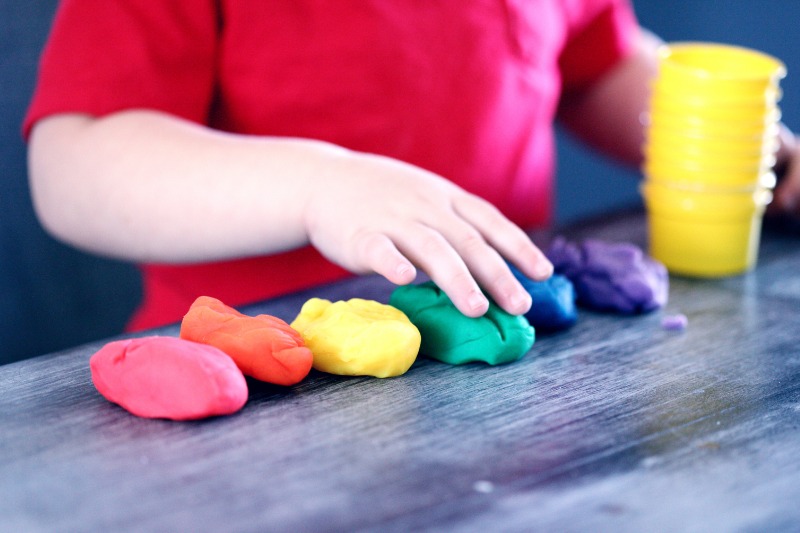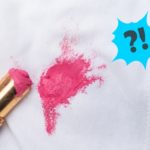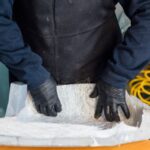Playdough has been a beloved children’s toy since the mid-1950s. The brightly coloured tubs of dough offer endless hours of imaginative fun for your little ones while also helping them improve their fine motor skills.
The one downside to all this is that the sticky substance often finds its way onto you and your child’s clothes. This leaves behind unsightly residue and stains that seem near impossible to remove!
Thankfully, all is not lost. Removing playdough may seem difficult, but it can be achieved with the right cleaning technique and a little patience.
In this comprehensive guide, we will walk you through how to remove playdough from clothes so that their cleanliness and appearance can be restored.
Does Playdough Stain?
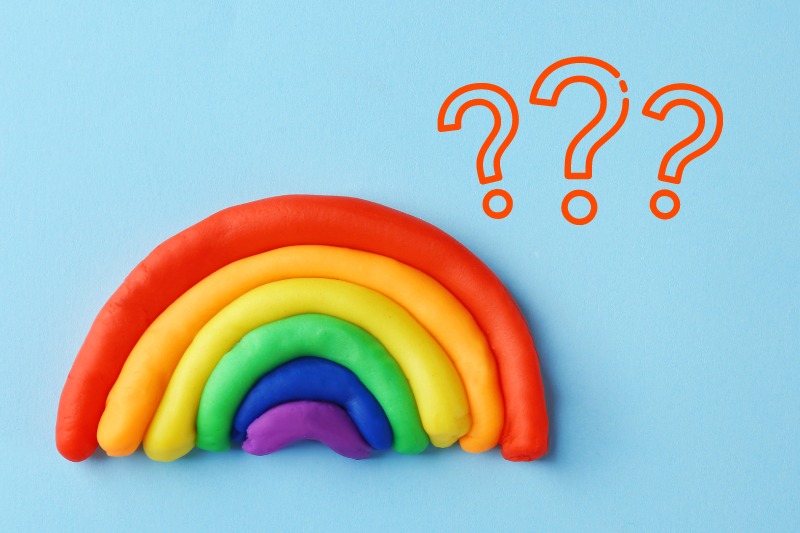
The store-bought playdough we all know and love is primarily made of water, salt, and flour. However, a petroleum additive is also used to help bind the ingredients together and make the dough smooth.
Unfortunately, these binding oils cause ugly grease stains if the dough comes into contact with your clothes. Some cheaper or homemade playdough may also contain food colouring that will transfer to any nearby fabrics and cause stains.
Dye and grease aren’t always the hardest stains to remove, but they’re not easy to remove either, especially when you’re dealing with a large clump of playdough that won’t peel away from the fabric.
To simplify this stain-removal process, we have put together an in-depth guide for removing playdough and any resulting stains from your clothing.
The instructions below will work best when dealing with store-bought playdough but will also help reduce the damage done by homemade dough.
How to Get Playdough Out of Clothes
Step 1: Allow the playdough to harden
Many people start scrubbing at the sticky playdough as soon as they notice it is on their clothing.
However, this only spreads the playdough around and works it even deeper into the fabric. This makes the stain harder to remove, so try to avoid this at all costs.
Therefore, before removing playdough from your clothing, you must allow it to dry.
You can remove any large chunks of playdough using your fingers or by dabbing the stain with another piece of dough, but ensure you leave the base layer intact until it is completely dry.
Depending on how much playdough is on the garment, it could take up to a day for the product to harden. If you need to speed up this process, there are a few things you can do, such as:
- Cover the playdough in cornflour: When cornflour is applied to sticky playdough, it absorbs some of the excess liquid, causing the dough to dehydrate much faster. Apply a generous layer of the powder and allow it to work for at least 1-2 hours for best results.
- Place the garment in the freezer: Placing the affected item of clothing in the freezer will also cause the playdough to harden more quickly. After 20-30 minutes, check on your garment and remove it from the freezer once the playdough has frozen solid.
Step 2: Remove the playdough from the fabric
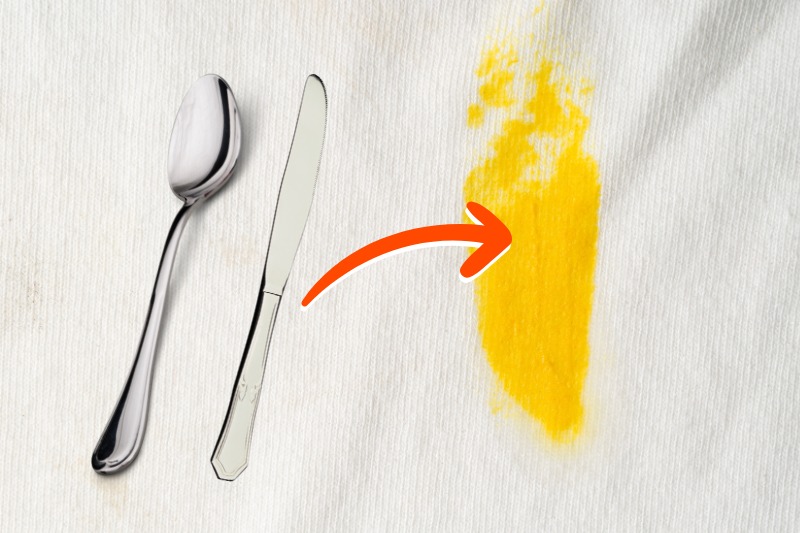
Once the playdough has completely hardened, you can safely scrape it off the fabric without worsening the stain.
This can be done using a utensil, such as a spoon or a dull knife. Ensure you don’t use an overly sharp or pointed utensil, which could accidentally tear the fabric.
Try always to scrape the playdough in the same direction. This will help you remove large pieces and make reaching any potential staining underneath easier.
Wedging the utensil under the edge of the playdough and using it to pry off large chunks is usually the best technique.
Although you may be able to remove all traces of the playdough in this way, you may need to soak your garment to help remove the last few pieces.
Simply place the item in a bowl of warm water for 20 minutes and then gently scrub at the stain using an old toothbrush.
Please note that this last step should only be done when tiny specks of playdough are left on the fabric that cannot be removed by scraping.
If you soften any large chunks, you’ll simply spread the stain as described in the previous step.
Step 3: Treat the residual stain

In some rare cases, you may have removed the playdough from your clothing and be faced with no other stains. If this is the case, feel free to skip this step and move on to washing your garment.
Unfortunately, most fabrics will have a grease or dye stain left behind once the playdough has been removed. These stains can be treated in various ways, including a store-bought stain remover.
However, you can also try one of the methods below that use products you’ll probably already have in the home.
1. Laundry detergent

Laundry detergent is great at removing dirt and grime from your clothing but needs to be directly applied to the fabric to remove tough stains.
Try rubbing a coin-sized amount of liquid detergent into the affected area and leaving it to work for a couple of minutes.
You then need to soak the garment for 10-15 minutes before giving it a final wash. This can be done by allowing your washing machine to fill with water like usual before pausing the cycle for the required amount of time.
Alternatively, you can place the garment in a bowl of water before moving on to the washing stage.
2. Washing up liquid
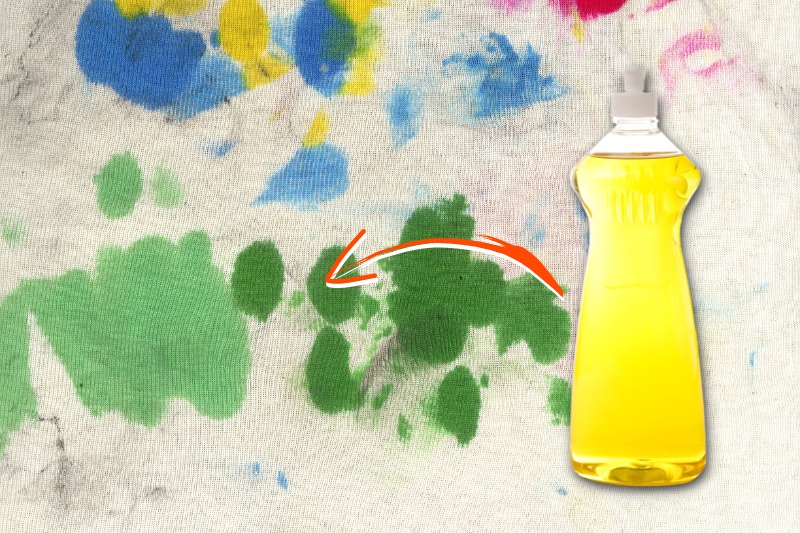
While washing up liquid is primarily made to cut through grease and clean your dishes, it can also be great at removing certain stains.
A thin layer can be applied directly to the fabric and left to do its work. As this cleaner isn’t as concentrated as laundry detergent, you will need to leave it to sit overnight before washing.
If you don’t have time to leave the stain overnight, you can also try soaking the area in a pot of washing up liquid for a more intense clean. Leave the garment to soak for 15 minutes before rinsing thoroughly with warm water.
3. Cornflour
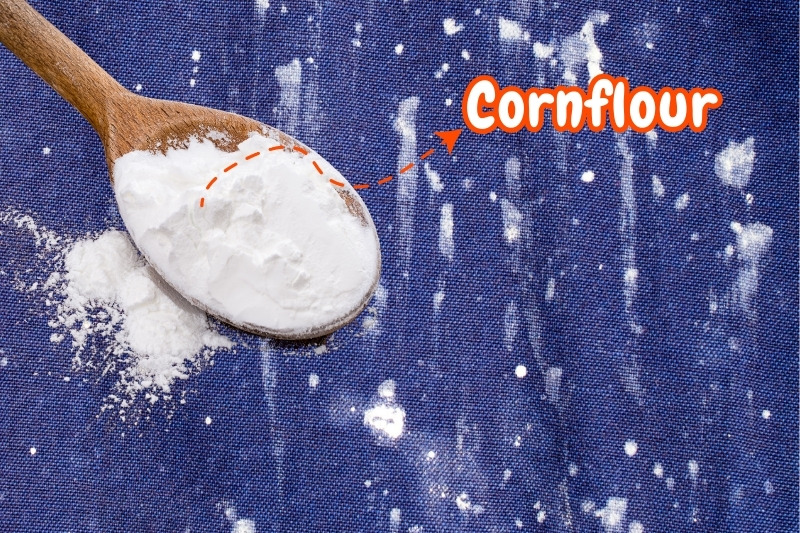
As mentioned earlier, cornflour is a very absorbent substance. As such, it can effectively be used to remove grease stains from your clothing.
This is particularly useful for more delicate fabrics, such as silk or linen, which could be damaged by the above stain removal methods.
Simply make a small pile of the powder on a flat surface and lay the stained bit of fabric directly over the top.
You want the pile of cornflour to be roughly the same size as the stain for the best results. Leave the garment to sit for at least an hour before shaking away the loose cornflour and repeating as needed.
Step 4: Wash the affected garment

Once you’ve treated the playdough stain, it’s time to toss the garment in your washing machine.
If the stain is mostly gone, you can add the item to your normal load of washing, but if the stain is still fairly visible, we suggest washing it on its own.
In most cases, you can use your typical wash cycle setting. However, always check the care label on your garment for specific instructions and follow those above anything else.
Delicate clothing items might alternatively need to be hand washed.
Once the wash cycle has finished, check whether the playdough stain has gone. You can repeat steps 3 and 4 as needed if it is still visible.
Just be sure not to dry your garment before the stain has been fully removed, as this could cause it to become permanent.

Hannah has a passion for cleaning. She worked her way around Australia by cleaning hostels in exchange for free accommodation and used her cleaning skills to bag a job as a chalet host for a luxury ski company in France.
